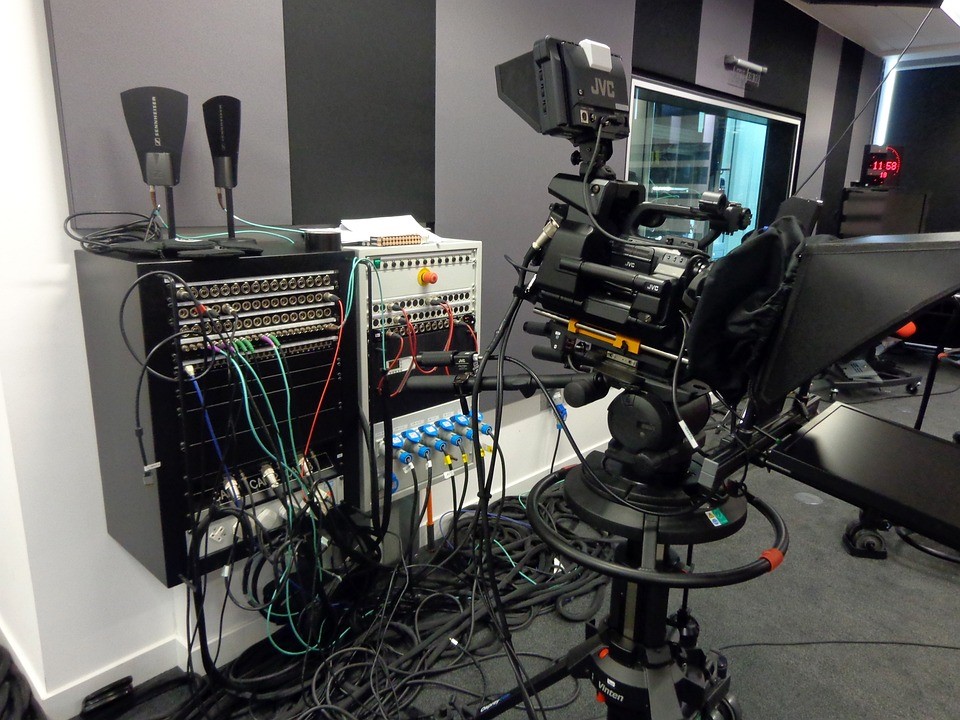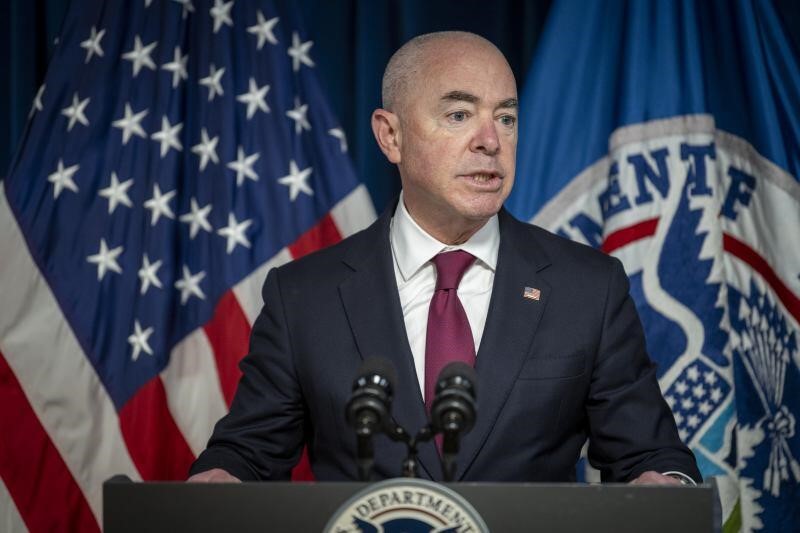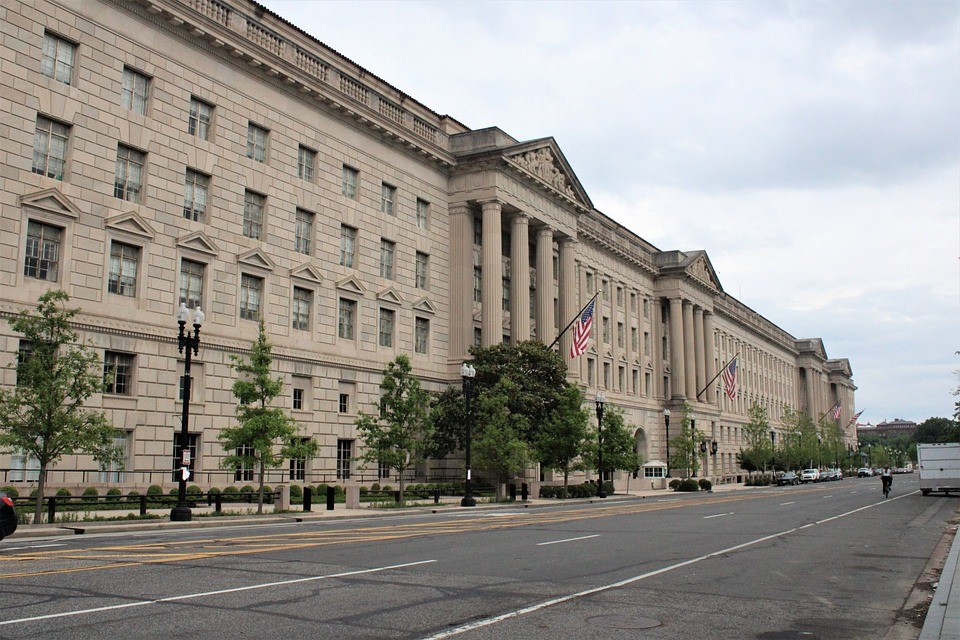The federal government’s most important responsibility is to ensure the security of the nation, and the central means to achieve that is the provision of an adequate defense budget, a figure that generally represents about 14% of all Washington’s spending.
A bipartisan Congressional agreement has been achieved on the 2023 National Defense Authorization Act (NDAA). It should be noted that while a deal has been reached within the legislative branch, the White House figure, which provided significantly less funding, has been rejected. The “topline” figure agreed to by Congress is $858 billion, a substantial hike over the $813 billion Biden proposal.
The Executive Branch’s proposal did not reflect the intense and growing combined threats from China, Russia, Iran, North Korea and international terrorism. Dov Zakheim, In an article for The Hill, notes that “The Biden administration’s fiscal year 2023 defense budget request is in equal parts disappointing and disturbing. It is disappointing because, when inflation is taken into account, it provides no real growth in defense spending, and most likely a real decline. It is disturbing because it has been released at a time when America’s worldwide commitments are as demanding as ever.“
Weaponry that exists merely on the drawing boards or in plans for the future don’t provide the degree of protection urgently required right now, an era fraught with danger. The NDAA addresses that by providing for readiness measures. It stops the early retirement of combat platforms, including the F-22 fighter. As China seeks to expand its lead as the planet’s largest navy, NDAA for adding 11 Navy ships. This Puts the Navy back on track to building a 355 ship Navy. It restores funding for the sea-launched nuclear cruise missile. It reforms the National Defense Stockpile, and enhances the munitions industrial base. It also stops the bleed-off of personnel due to vaccine mandates, and politically-motivated woke agendas.
Just as aide to Ukraine was central to repulsing Moscow’s invasion and future plans for potential aggression, the NDAA provides for $10 billion over five years to provide for security assistance with Taiwan.
All the weaponry means little unless motivated skilled service members are present. The NDAA provides a 4.6% pay raise for service members. It also increased housing allowances and lowers prices at commissaries to offset inflationary pressures. It expands eligibility for low income military families to receive an additional allowances to cover basic needs.The NDAA Expands training availabilities for servicemembers, and improves the safety of the ships, aircraft, combat vehicles, and facilities.
Emerging technologies, such as AI, quantum computing, hypersonic weapons, and autonomous systems will receive investment, along with supply-chain and industrial strengthening.
It provides over $10 billion in service chief and combatant commander priorities left unfunded by the Biden Budget.
Some of the relatively modest hike in defense spending was approved in an effort to address inflationary pressures. Similar to what almost every American family is experiencing, the Pentagon is finding that its budget simply fails to go as far as it was planned to do when inflation has risen to levels not seen since 1982.
Increasing the defense budget comes at a time when it is urgently required. As the noted research center the Jamestown Foundation notes, “ in early March, the Chinese government announced a defense budget of 1.45 trillion yuan (about $229 billion) for fiscal year 2022, which is a 7.1 percent year-on-year increase from 2021 … [a]fter years of double digit increases in the 2000s and early 2010s…An increase in Beijing’s defense budget raises red flags for China’s neighbors and the U.S. given the growing tensions over Taiwan, the South China Sea, the East China Sea, and the Sino-Indian border dispute in the Himalayas.
Photo: An Air Force B-21(DoD)









